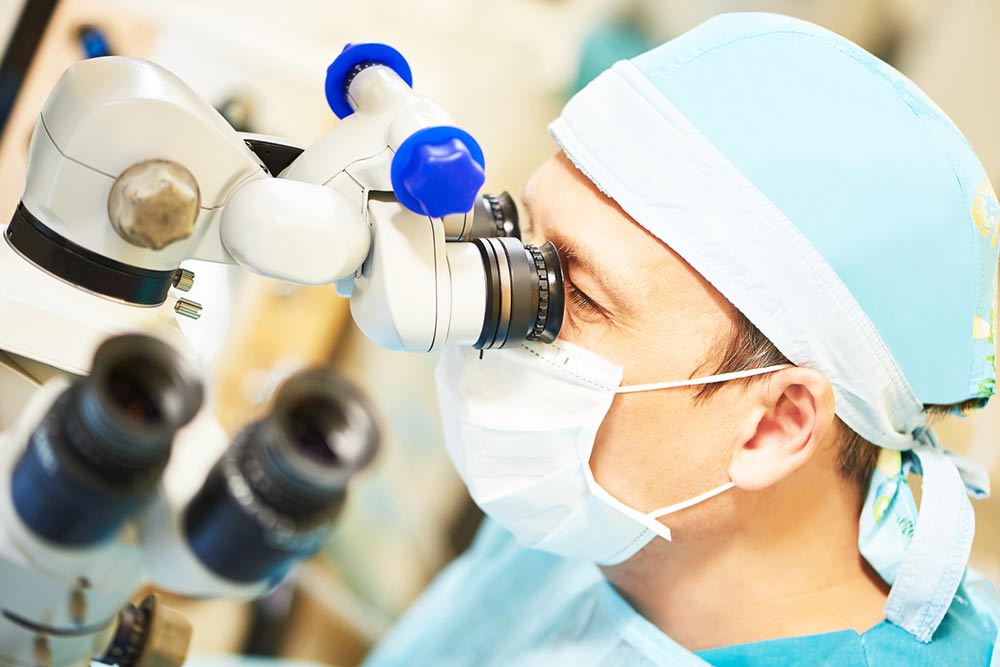
Thyroid eye disease – Symptoms, causes, and management
Thyroid eye disease is an autoimmune condition in which the eye muscles and tissues behind the eyes become inflamed, and as a result, they protrude. People living with this condition have red and swollen eyes and eyelids. A delay in addressing and managing the condition can cause varying degrees of vision impairment. For a timely diagnosis, knowing how the condition manifests is essential. On that note, here are a few details about thyroid eye disease.
Symptoms of thyroid eye disease
Here are some of a few symptoms that can help healthcare professionals diagnose the condition in their patients:
1. Prominent bags under the eyes
One of the most noticeable indicators of thyroid eye disease is darkened lumps or “bags” under the eyes. While this may also be caused by a lack of sleep, they are more likely to be indicative of thyroid eye disease, especially if they are noticeable for an extended period of time. Undereye bags can also cause eye pain. This pain is particularly felt when one moves the eyes.
2. Red and watery eyes
Inflammation of the eyes and the optic region is another symptom of thyroid eye disease. The inflammation is quite evident, and the pain caused by it can be felt behind the eyes and around them. They also appear bloody and, in general, red. Heaviness and swelling present in watery eyes caused by tear duct inflammation are a few other signs one should look out for and address.
3. Blurry and double-vision
Prolonged inflammation caused by the autoimmune disease can lead to vision impairment. Two prominent signs are blurry vision and double vision, as the inflammation in one’s eyes directly affects the nerves that carry optical information from the eyes to the brain and vice versa.
Causes of thyroid eye disease
There is no definitive cause of thyroid eye disease. It is often the result of multiple things converging and triggering inflammation in an individual. Thyroid eye disease is an autoimmune condition, which means that an individual’s immune system goes into overdrive and mistakenly attacks the body’s tissues, causing inflammation. The inflammation and scarring in the eyes, cornea, and eyelids can result from factors like stress, viral and bacterial infections, or allergies.
As the immune system responds with equal aggression to these, the whole body experiences inflammation of varying degrees. The eyes are a sensitive region, so they show the first visible sign of immune system damage when that happens. More often than not, individuals diagnosed with a certain autoimmune condition can eventually start showing signs of other autoimmune immune conditions.
Additionally, thyroid eye disease is also associated with an overactive thyroid gland. Thyroid eye disease is also referred to as Graves’ disease, and it is seen in individuals who have an underperforming thyroid gland or an overexcited, aggressively functioning, and overtly active thyroid gland.
Management of thyroid eye disease
While autoimmune conditions like thyroid eye disease are not curable, they are manageable to a great extent and can be put into remission. Here are a few ways to alleviate symptoms and help the patient manage the condition:
1. Eyelid surgery
There are multiple kinds of surgical options to address thyroid eye disease to certain degrees. One of the most effective ways for a patient to get some relief is to undergo an eyelid operation to deal with and retain the corneas. Thyroid eye disease first impacts the cornea and causes nerve damage, which can cause vision impairment. To prevent further damage to the corneas, healthcare professionals take measures to reduce the impact of inflamed, tightened eyelids that prevent the upper and lower lids from touching and causing strain on the eyes.
2. Orbital decompression surgery
The second kind of surgery revolves around relieving the pressure that inflammation puts on the optic nerve. This pressure causes people’s eyes to bulge. Furthermore, thyroid eye disease affects the fatty tissue in the optic region. In orbital decompression surgery, surgeons extract the excess tissue in the eye region. It addresses swelling and redness and helps the eyes retain their shape to a great extent. This management method has a high success ratio and can help patients live normal lives without experiencing unbearable eye pain.
3. Eye muscle surgery
This is done to correct some of the damage thyroid eye disease causes to a person’s vision. A professional may perform this operation to address double and blurry vision. Usually, patients have to visit healthcare centers more than once for this surgery, as it happens in multiple parts for optimal results. Because this surgery is done in parts, patients have to be careful to avoid contamination and infection.
4. Lifestyle changes
Quite a few lifestyle modifications can help one manage this condition. While lifestyle modifications don’t mean a cure, they definitely help reduce symptoms and put the condition in remission. Those who drink a lot of caffeinated beverages should consider reducing their consumption, especially if the beverages contain added sugar. While caffeine doesn’t necessarily cause inflammation, the sugar in these beverages does. Many individuals are dependent on caffeine to get through their day and may consume more than the recommended amount of caffeine and, consequently, sugar. Additionally, wearing sunglasses outdoors or indoors, keeping the head slightly elevated when sleeping, and using a warm water compress can help reduce inflammation and its associated symptoms.


